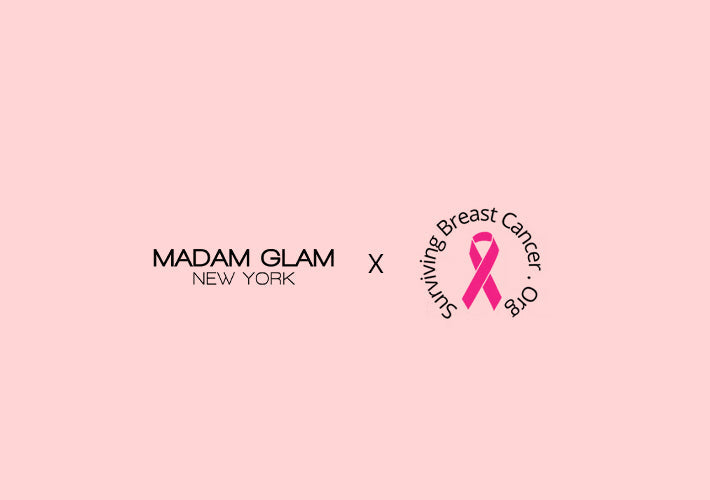
APPLICATION & CURING
Maria MGMastering the Art of Gel Polish: From Application to Curing
Welcome to the colorful world of gel polish! This revolutionary nail product has taken the beauty industry by storm, providing long-lasting and vibrant manicures. While gel polish offers stunning results, it's essential to navigate the application and curing process with finesse to avoid common issues.
In this article, we'll dive into the fascinating realm of gel polish application and curing, tackling common challenges in an educational and fun way. So grab your favorite gel nail polish shades and let's get started!
The Perfect Canvas: Prepping Your NailsBefore diving into the world of gel polish, it's crucial to prepare your nails properly. Start by shaping and gently buffing the nail surface to create a smooth canvas. Push back your cuticles with care, ensuring they are not covering the nail plate. Remember, a clean and well-prepped nail surface sets the stage for flawless gel polish application!
Base Coat: The Foundation of Longevity
Think of the base coat as the superhero that saves your manicure from premature chipping and lifting. Apply a thin layer of base coat to each nail, ensuring full coverage. This magical layer not only enhances adhesion but also protects your natural nails from potential staining.
Color Craze: Applying Gel Polish
Now comes the exciting part—choosing your favorite gel polish shades and applying them like a pro! Start with a thin coat of gel polish, brushing from the cuticle to the free edge. Remember, less is more! Thin layers ensure proper curing and minimise the risk of heat spikes or wrinkling. For vibrant and opaque results, apply a second coat, following the same technique. Pro tip: Seal the free edge of each nail to prevent premature wear.
The Curing Conundrum: Time and Temperature
Curing gel polish is where the magic happens, but it can sometimes lead to unexpected challenges. The key is understanding the factors that influence the curing process: time and temperature. Most gel polishes require UV or LED light for proper curing. And remember, patience is a virtue! Rushing the curing process can result in under-cured nails.
Despite our best efforts, sometimes things don't go as planned. But fear not! Let's address some common gel polish issues and their solutions.
GEL POLISH IS RUNNY
There are two causes. The storage and the nail prep! If the gel polish has been exposed to high temperatures or direct sunlight for an extended period, it can affect the consistency. Store your gel polish in a cool and dry place, away from direct heat sources, to maintain its proper consistency.
The nail plate should be dehydrated, free of oils, skin and debris. Adjust your application technique by applying thinner coats to compensate for a naturally runny formula.
GEL POLISH IS THICK
Keep your gel polishes at room temperature and out of direct sunlight. Ensure the lids are closed tightly after use and are not left open during the treatment. Consistent exposure to air can cause the product to dry up. Simply warm them between your hands for around 2 minutes to loosen the formula. Don’t shake the bottle!
GEL POLISH IS STICKY
Ensure that you are using products from the same brand or that they are designed to work well together. Mixing products from different brands or using incompatible formulas can lead to issues such as stickiness. Also, if the curing time is insufficient, the gel polish may not fully harden, resulting in a sticky residue on the surface. Keep it mind to always follow the recommended curing time! Most gel formulas will not cure when it’s exposed to oxygen,unless they’re specifically produced to cure completely like our No Wipe Top Coat.
GEL POLISH IS LIFTING
Ensure proper nail prep and avoid applying gel polish too close to the cuticle. Also, avoid getting any gel polish on the surrounding skin, as this can lead to lifting. The entire nail plate should be dehydrated, free of oils, skin and debris.
GEL POLISH IS CHIPPING
Be sure to seal the free edge of each nail with gel polish, and avoid skipping the base coat or top coat. Properly cured layers help prevent chips and enhance longevity.
GEL POLISH IS PEELING
This happens most frequently with darker, opaque, more pigmented colors such as: black, dark colors, or bright whites. Keep your layers thin, and make sure the curing time is set properly, and don’t forget about the lamp! Plug it directly into a wall socket.The use of extension cords will decrease the power of the lamp.
GEL POLISH DISCOLORATION
Discoloration can occur due to various reasons, and it typically happens to the nudes, whites and top coats! Excessive exposure to UV or LED lamps during the curing process can cause gel polish to fade or change color. Certain chemicals, such as cleaning agents or beauty products, can cause gel polish discoloration. When using household cleaning products or working with chemicals, always wear gloves to protect your manicure. Sometimes, the natural oils and pigments in your nails can cause staining or discoloration of the gel polish. To prevent this, always apply a base coat before applying gel polish. The base coat acts as a barrier, protecting your natural nails from potential staining.
Congratulations! You've embarked on a journey through the captivating world of gel polish application and curing. Armed with knowledge and a touch of creativity, you can achieve stunning gel manicures that stand the test of time. Remember to prep your nails meticulously, apply thin coats with precision, and allow ample curing time. And don't forget to embrace the occasional hiccup as an opportunity for growth and learning. So go forth, experiment with dazzling colors, and let your gel polish creations shine!




